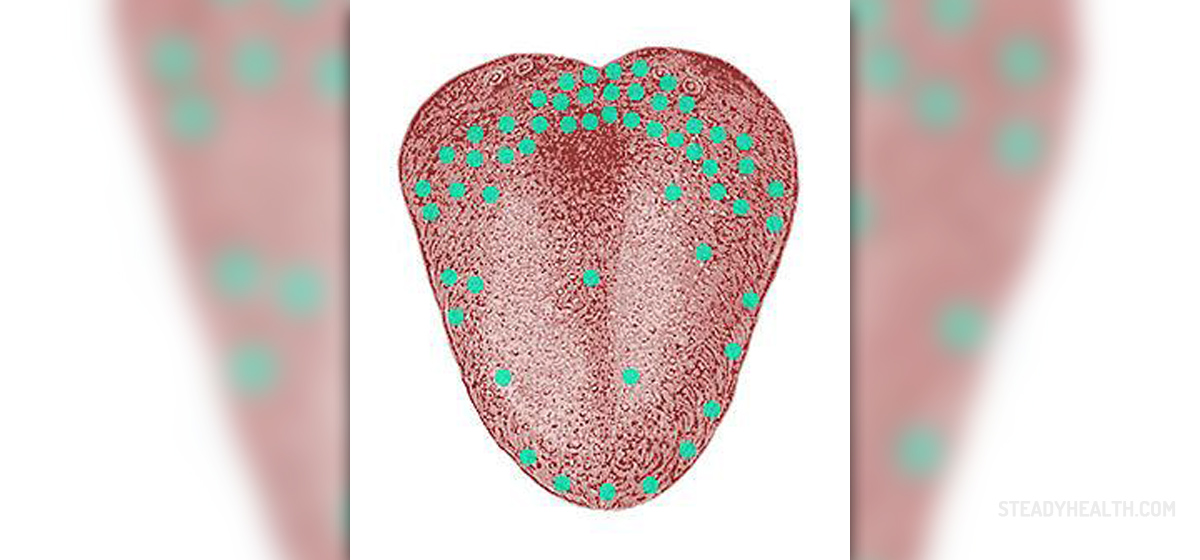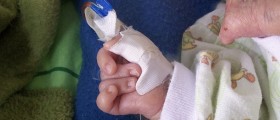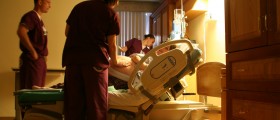
Toddlers with Down Syndrome
Down syndrome is a genetic condition characterized by additional genetic material which leads to developmental problems as well as mental and physical retardation. Down syndrome is the most prevalent genetic disorder present right at birth, and it affects approximately 1 in every 800 newborns. As is the case with many genetic diseases, the signs and symptoms of Down syndrome can vary from one case to another. There are often instances in which individuals need long term medical care, while there are also those who live long and healthy lives. Such vast differences are due to the different types of Down syndrome. Down syndrome is diagnosed right at birth initially through the physical examination of the baby. The most prominent features of the condition include a flat profile, almond shaped eyes, abnormally shaped ears, a short neck, small chin, and so on. Not every child posses all of the symptoms/signs, and some of the physical characteristics of the condition can also be found among the general public as well. Other than just relying on the physical appearance of the child, a medical care professional will administer a blood test termed chromosomal karyotype to confirm the diagnosis. This type of blood tests takes about two weeks to yield the results as the cells from the child's blood are cultivated and once full grown observed under a microscope to determine the presence of additional genetic material from the chromosome 21 or a whole extra chromosome 21. When a medical care professional diagnoses a child with Down syndrome, he or she is unable to make any assumptions as to how the child will be developing both mentally and physically. Some of the most commonly seen medical problems associated with Down syndrome include autonomic nervous system problems, enlarged thyroid gland as well as the reduced basal metabolism. In addition, vision problems, congenital heart disease, and hearing loss are also widespread medical concerns of persons affected by Down syndrome. Hearing problems are almost unavoidable due to the fact that the ears do not develop properly. Also, issues associated with the auditory capabilities are vast, but among the most important is the fact that in most cases hearing loss gets progressively worse with time. Fortunately, lots of hearing problems can be corrected with proper measures. Congenital heart disease, coupled with high blood pressure in the lungs, is also frequently observed in persons with Down syndrome. In cases in which the heart problems begin before the lung problems, surgical intervention can help ease the symptoms and yield positive results. Aside from the already mentioned medical problems which follow individuals affected by Down syndrome, there are other accompanying disorders such as seizure proneness. Anywhere between 5 and 15 percent of Down syndrome persons suffer from some sort of seizures. Seizures can be present in any stage of life but the age subgroup most susceptible to this problem include infants less than one year old. Antiepileptic drugs are used to keep the seizures under control and prevent them from leading to cardiovascular problems and infections. Further, Down syndrome persons also suffer from cognitive development problems. As the condition is so widespread there are learning methods developed especially for individuals affected by Down syndrome. Such programs usually include reading and writing, and employ visual and audio aids to meet the needs of children with developmental delays. Special CDs containing material which help the child learn letters and words are often played, usually during playtime or naptime. The presentation of the material varies in order to keep the child’s attention focused. There are also books that accompany the CDs that are used to help reinforce the material from the CDs or DVDs with just a couple of minutes a day spent on reading. The child’s parents or caregivers are often included in the learning process as they can read to them. Special learning methods developed to meet the needs of individuals with any kind of developmental problems improve the person’s self esteem and increase the sense of self worth.Tongue Problems in Down Syndrome
The tongue is an organ composed of two types of muscles. The intrinsic muscles are responsible for refined movements such as elongating, widening, narrowing, and shortening of the tongue. The extrinsic muscles change the position of the tongue, and aid in talking, eating, and drinking. When it comes to the children affected by Down syndrome, their muscle tone is usually insufficient. The tongues of these individuals are larger and thicker than normal. As a result, Down syndrome persons have difficulties with speech, eating, and drinking. However, there are ways in which the parents can help their children build the muscle tone of the tongue. For instance, licking foods from a plate is a good exercise, and so is balancing a cheerio on the tip of the tongue. Licking the lips, spoons, spatula, and so on also help in improving the condition of the tongue.
















Your thoughts on this
Loading...